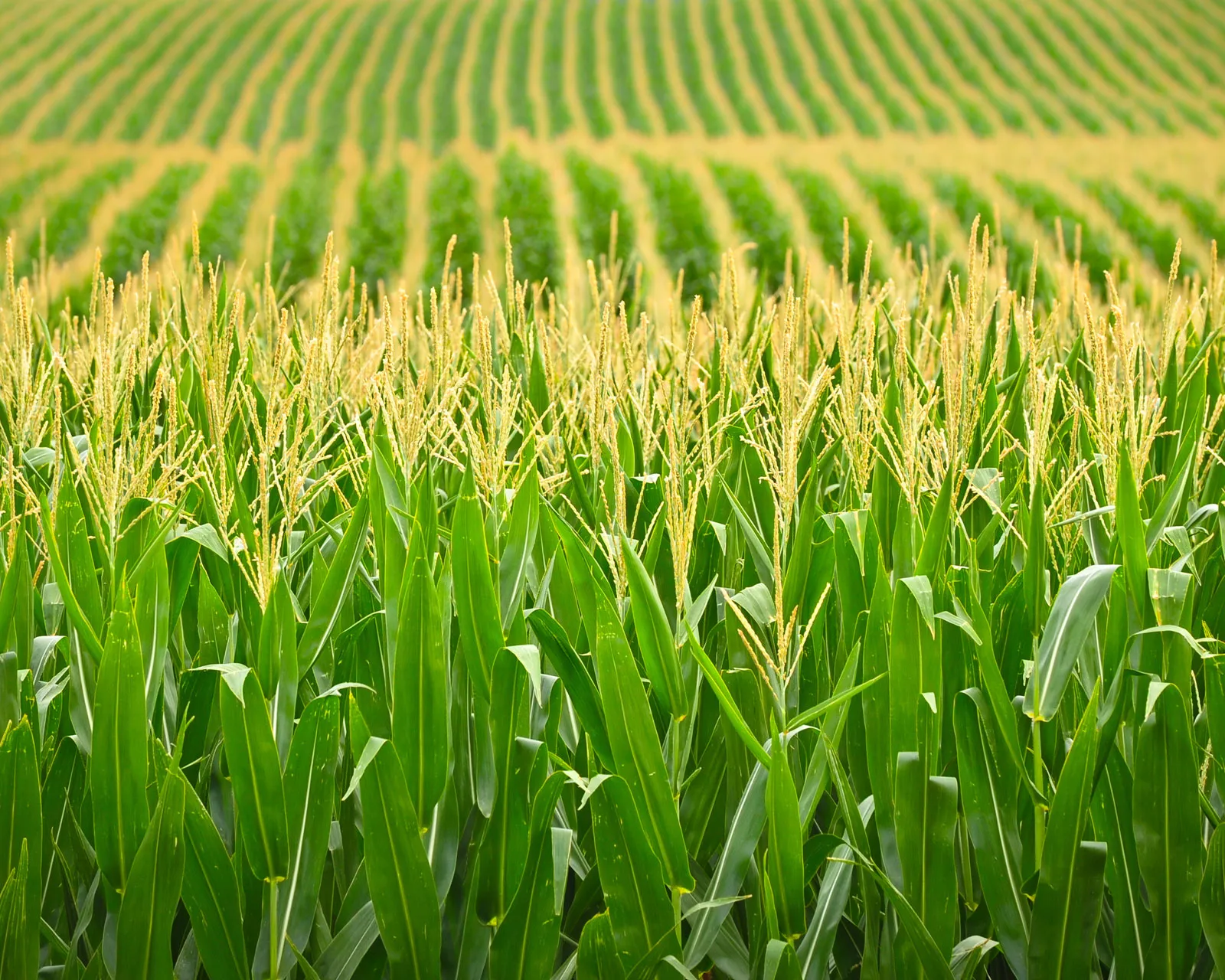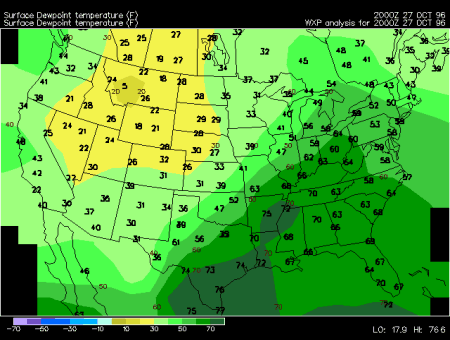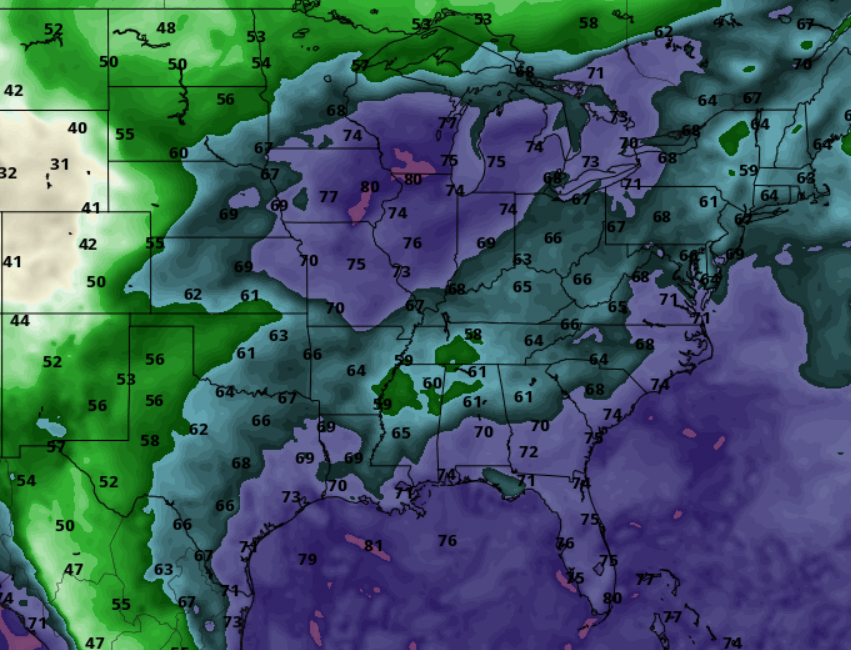Local News
Corn sweat? Yes, Corn is partly to blame for this muggy weather

The official term is called Evapotranspiration.
A natural process in which moisture moves around a plant with some of it evaporating out the leaves and stem. Each plant in it’s self doesn’t emit much moisture, but when you have a large area of plants, such as corn fields, you can get a substantial amount of moisture getting transmitted from the plant to the air.
So how does this affect our weather?
Usually, our only moisture source is the gulf of Mexico. So say the dew point at the gulf coast is 70 degrees. A south wind would transport that moist air north, and it would eventually “mix out” with the dryer air the farther north you go, so you would see a decreasing moisture gradient, with the air dewpoint gradually going down. So 70 at the coast, 65 in Arkansas, 60 in Missouri and 55 in Iowa.

BUT… in late summer, when the sun shines on the corn in the fields, it actually causes some moisture to seep out of the leaves, which then evaporates into the air. So the dewpoint can actually be HIGHER than points farther south. Mostly in the corn belt in Illinois, Iowa, Nebraska and Wisconsin. So the dewpoint would go 70 at the coast, 65 in Arkansas, 60 in Missouri and then BACK UP to 70-75 in the corn belt.

Almost all plants do this process, but the concentration of corn in this area leads to a very noticeable difference. It also can lend to increased severity of storms and also higher heat index values as heat index is a calculation involving the actual air temperature and the dew point temperature.


